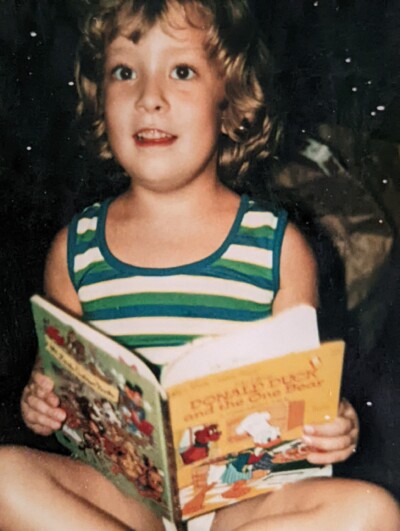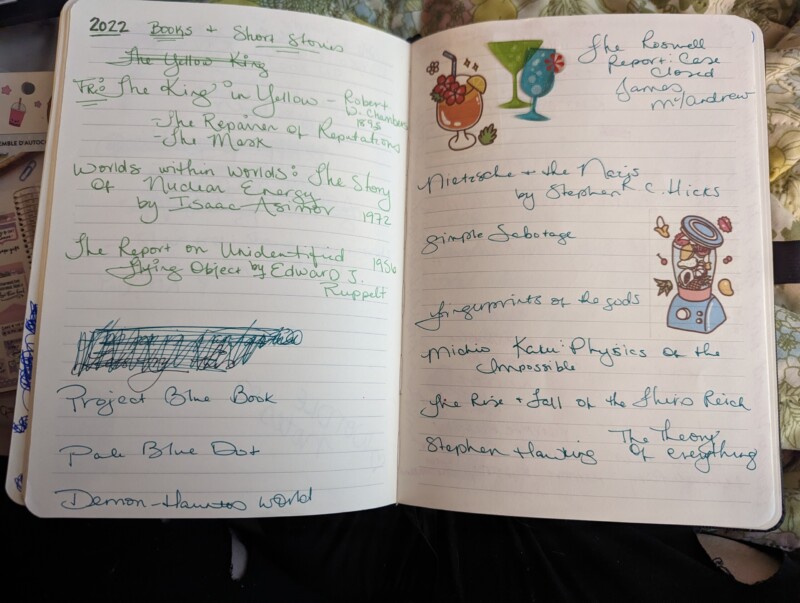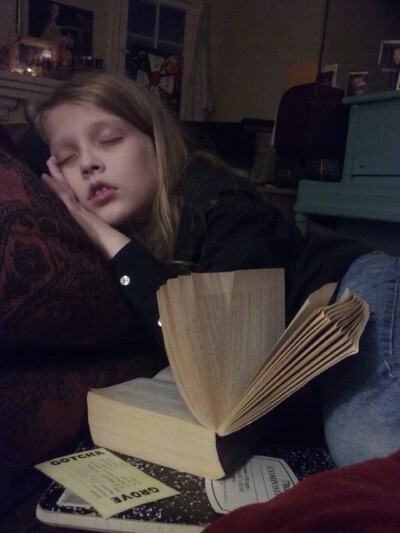Blog
When I was growing up, reading was one of my favorite pastimes. I loved reading so much that I knew I wanted to be a writer when I grew up by about second grade. From about that time through high school, I carried at least one busted-spine book with me at all times that I would read in stolen moments throughout the day – during class time, in the car, at home, and even in the bath.

As an English major in college, my reading shifted to the necessary kind, with all of my free time spoken for between jobs and studying. And, like so many folks I know, the older I got, it seems the less time I found available for the pure pleasure of getting lost in a book. But I didn’t realize how much I missed reading until I started to notice my own kids losing their love of books to homework, gaming, and various time obligations.
Fortunately, over the past year, I’ve started to reconceptualize the way I think about reading, and in doing so, I’ve reconnected with my love for literature and brought my kids along for the ride at the same time. If you’re missing reading as much as I was but you feel yourself drowning in work, family, and technology, here are a few things you can do to make literacy a priority for you and your family in 2023.
1. Keep a reading log.
Sure, reading logs are the bane of every middle school student, but they’re actually a really helpful way to keep track of your reading and remind yourself you may be reading more than you think. You don’t have to include a review of everything you read or log your reading time for a reading log to be useful.

I use a paper day book to keep track of my daily obligations and tasks, and I always dedicate a few pages to the media I’ve consumed over the past year or so – films I’ve watched, podcasts I’ve listened to, shows I have streamed, and books I have read. Not only does this remind me that I’ve probably read more than I thought I had, but it also gives me a place to keep track of unfinished books I might want to come back to down the road.
2. Listen to your books.
It took me way too long in life to realize that listening to books isn’t cheating or somehow failing to actually get nutritional value out of the read. I eventually came to realize that not only is this patently untrue, but it’s also ableist, negating the literacy experiences of anyone who interfaces with books without using their eyes. And whether someone is reading a book visually, auditorily, or tactically via Braille, the connection with the literature – the author, text, reader triangle – is still there. As silly and perhaps ignorant it is for me to have to arrive at that conclusion, once I got there, it opened up a whole world of possibilities for me.
Sitting down to read a book is an investment of time and mental bandwidth because it involves taking space to read, finding the right environment, that sort of thing. But listening to an audiobook is something that can be done in bite-sized chunks of time that most of us have, those tiny slivers of moments tucked in between all of the bazillion tasks, chores, and obligations that make up our lives as parents whether we are stuck in traffic, waiting in line, sitting at the doctor’s office, shopping for groceries, or even folding laundry.
And the good news is that you don’t necessarily have to drop a mint on books to gain access to a steady stream of audiobooks. There are thousands of audiobooks that are accessible for free through most libraries, and many libraries offer free online access even for folks living outside of their area. Of course, I have also found loads of free audiobooks on YouTube and through a platform called LibriVox, which aims to provide a complete library of volunteer-supported audiobooks from the public domain.
3. Read bite-size literature.
One of the things that kept me from completing more books was my tendency to keep picking up lengthy novels. When I would get busy doing other things, I would get too far away from the story, and it would be hard to pick up where I left off. I abandoned a lot of paper books this way.
These days, I tend to save the full-length novels for vacations and days off, sticking more to the type of books I know I can actually commit to. If I’m in the mood for fiction, I try to go for a short story anthology. I also read a lot of non-fiction books because they’re easier to take in chunks or jump into anywhere along the way.
4. Annotate your text.
I know some folks really enjoy reading on their phones or Kindles, but I have to feel physically connected to something if I am reading it rather than listening, and that tactile need has only gotten stronger in the age where all of our hands are now permanently attached to handheld computers. When I sit down to read a physical copy of a book, I try to keep my favorite mildlighters and gel pens handy so I can highlight words, names, and terms I don’t know or fully understand, scratch down observations in the margins, and generally respond to the text, creating an overall more interactive experience.
5. Read some manga.
When I worked in the public school sector, I heard several English teachers lament the fact that their students preferred manga or comic books to “real books.” But the reality is that manga and comic books have all the same literary elements you can find in a book – foreshadowing, tropes, symbolism – you get the point. Not only do these help to cultivate a love of storytelling and literacy, but they also can be quite complex, artful, and moreish.
One thing I’ve learned is that if my kids ask for a manga, I might as well go ahead and shell out for the whole series, because not only will they binge these books back-to-back, but they will also often re-read a favorite manga over and over again looking for things they missed the first time.
And if you love a good book but don’t have time to read and you’ve never tried reading manga or graphic novels yourself, I definitely recommend looking for recommendations in your favorite genre and trying one out yourself. My favorite manga series is Sword Art Online.
6. Invest in some magazine subscriptions.
I love a good magazine, and many of the best subscriptions boast some pretty outstanding essays and article content. Like manga, graphic novels, and anthologies, magazine content is a good way to get the old gears turning in your brain. I enjoy reading publications like Discover, Wired, and anything to do with popular science or tech. Newsweek, Time, Smithsonian, National Geographic, and Vanity Fair are a few more of my favorites for essay content. And if you spend some time browsing the magazine pages at Barnes & Noble, you’ll realize there’s a magazine for every special interest whether it’s fashion, gaming, or art.
This time of year, you can typically find some pretty good deals on annual subscriptions, many of which are available on Amazon.

Have you read any good books lately? Drop your favorite sources for good reading in the comments, and have a happy holiday week in your little nebula!